Installing new breakers
norcam50
8 years ago
Featured Answer
Sort by:Oldest
Comments (12)
User
8 years agomike_kaiser_gw
8 years agoRelated Professionals
Avon Lake General Contractors · Bay City General Contractors · Canandaigua General Contractors · DeKalb General Contractors · Gainesville General Contractors · Lewisburg General Contractors · Orangevale General Contractors · Waipahu General Contractors · Waxahachie General Contractors · Compton Solar Energy Systems · Hemet Solar Energy Systems · Los Angeles Solar Energy Systems · Phoenix Solar Energy Systems · Wildomar Solar Energy Systems · San Diego Home Automation & Home MediaUser
8 years agolast modified: 8 years agonorcam50
8 years agotoxcrusadr
8 years agoUser
8 years agolast modified: 8 years agoeric Cabral
8 years agopetey_racer
8 years agoUser
8 years agopetey_racer
8 years agoUser
8 years ago
Related Stories

KITCHEN BACKSPLASHESHow to Install a Tile Backsplash
If you've got a steady hand, a few easy-to-find supplies and patience, you can install a tile backsplash in a kitchen or bathroom
Full Story
GARDENING GUIDESHow to Install a Drip Irrigation System
Save time and water with a drip watering system in your vegetable garden — a little patience now will pay off later
Full Story
BATHROOM DESIGNShould You Install a Urinal at Home?
Wall-mounted pit stops are handy in more than just man caves — and they can look better than you might think
Full Story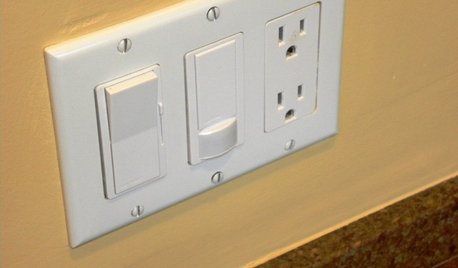
GREAT HOME PROJECTSHow to Install a Dimmer Switch
New project for a new year: Take control of your lighting to set the right mood for entertaining, dining and work
Full Story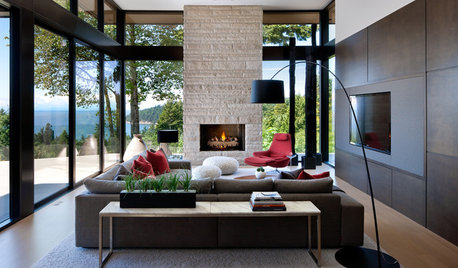
WORKING WITH PROS9 Questions to Ask a Home Remodeler Before You Meet
Save time and effort by ruling out deal breakers with your contractor before an in-person session
Full Story
GREEN BUILDINGGoing Solar at Home: Solar Panel Basics
Save money on electricity and reduce your carbon footprint by installing photovoltaic panels. This guide will help you get started
Full Story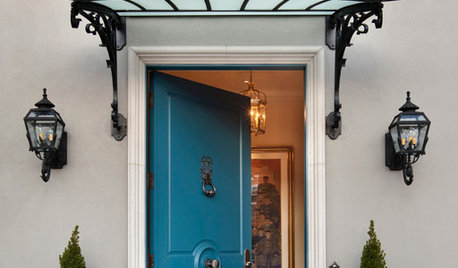
GREAT HOME PROJECTSMake a Push for a New Doorbell
Is it time to replace a doorbell or even add a door intercom or video system? Installation may be easier than you think
Full Story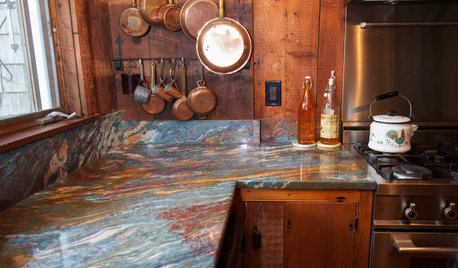
MY HOUZZMy Houzz: Barn Wood Touches for a New England Home
Rustic charm and personality define this family’s traditional Cape Cod home
Full Story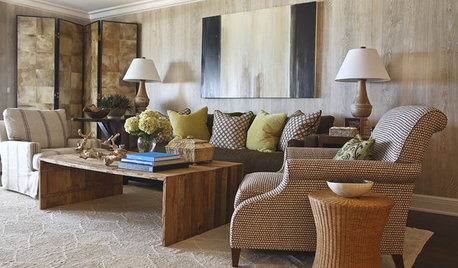
HOUZZ TOURSHouzz Tour: A Neutral Palette Pleases By the Sea
Designer Phoebe Howard creates earth-toned elegance for a family's Florida beach getaway
Full Story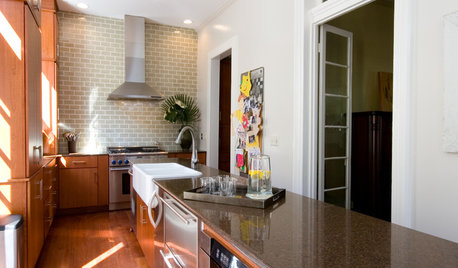
DECORATING GUIDESAre Ceiling Fans the Kiss of Death for Design?
Ceiling fans get a bad rap for being clunky and outdated, but these streamlined styles and a bevy of pros beg to differ
Full StoryMore Discussions







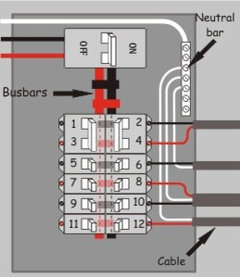

User